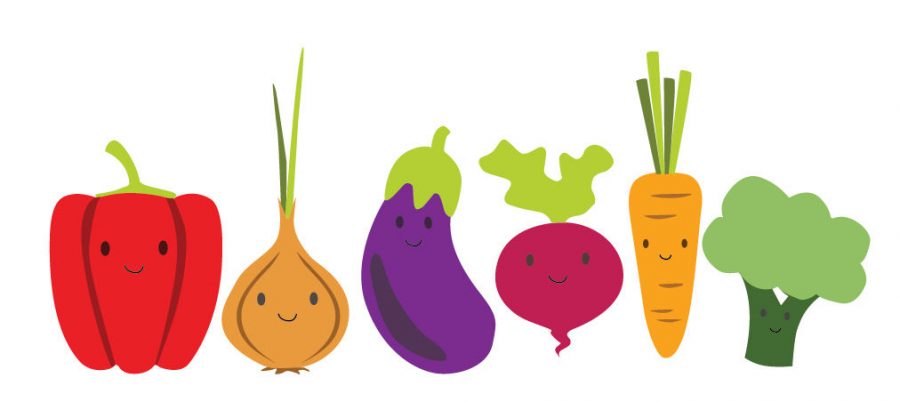Farmers markets are back in season
Farmers markets are back in season
April 28, 2018
As temperatures rise and the school year fades away, Chicago will start to see the return of the seasonal phenomenon that fills its streets during the summer: farmers markets.
Chicago is home to many farmers markets, from the 14 weekly Chicago City Markets run by the Department of Cultural Affairs and Special Events to individual independent neighborhood markets such as the monthly Logan Square Farmers Market and Green City Market.
Green City Market, which started in an alley next to The Chicago Theater in 1998 and now occupies three locations in Lincoln Park, Wrigleyville and the West Loop, emphasizes locally and ethically sourced options. It requires all its farmers and vendors to be certified by a third party who ensures their products are grown or manufactured using sustainable agricultural practices.
“We believe sustainability is important,” said Taylor Choy, marketing coordinator at Green City Market. “We [ask] that our farmers treat the land sustainably so we can [continue to offer] great produce and products.”
Farmers markets are a sustainable form of food sourcing with minimal environmental impact, experts say.
For instance, the carbon footprint left by a farmer driving less than 100 miles to sell their wares would be less than that of a company shipping its produce halfway across the world, according to Jessica Wobbekind, executive director of the Logan Square Farmers Market.
Both the Green City Market and the Logan Square Farmers Market have a radius in which participating vendors and farmers must be located—150 and 250 miles, respectively—to keep their markets as local as possible.
“We find it’s important to support local farms,” Wobbekind said. “You actually can see who’s growing your food, you know where it’s coming from, you know if it’s organic, you can talk to the people who are growing it, you can learn more.”
While the price tag to purchase produce and other goods from farmers markets can be an obstacle for many. However, some Chicago markets have been creating programs to make sustainable, locally sourced products accessible to low-income customers.
In 2008, the Logan Square Farmers Market became the first in Illinois to accept payment from LINK cards, which are used for food stamp expenditures. In following years, other farmers markets have followed suit. For instance, Green City Market has funded a program that matches up to $15 of each Link cardholder’s purchases at the market, according to Choy.
Chicago’s City Markets have also taken steps to address food supply issues. Yescenia Mota, coordinator of the City Markets, received a grant from the USDA several years ago to subsidize participating farmers at some markets. This has helped the farmers make a profit while a coupon program has been implemented to double the money of Link cardholders at City Markets.
“We’re making food affordable. For us, it wasn’t about making money,” Mota said. “We wanted to cover the cost of the farmers. Yes, it’s their livelihood, but we wanted to give people the opportunity to afford food.”
According to Wobbekind, farmers markets also encourage and help foster a sense of community in neighborhoods across Chicago. The Logan Square Farmers Market has a community tent that highlights neighborhood businesses, organizations or schools. It also goes out of its way to include Logan Square businesses as vendors at the market, she said.
“[This way], you can come to this market and get a sampling of what [it] offers,” Wobbekind said. “It becomes a selling point of the neighborhood. It helps the neighborhood grow, and has also grown with the neighborhood.”








